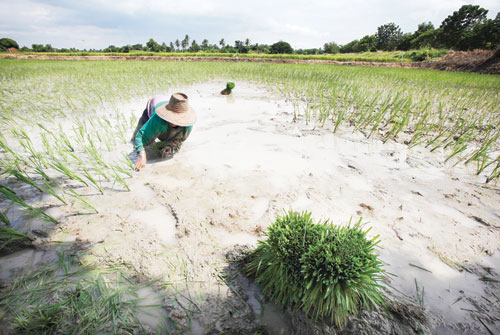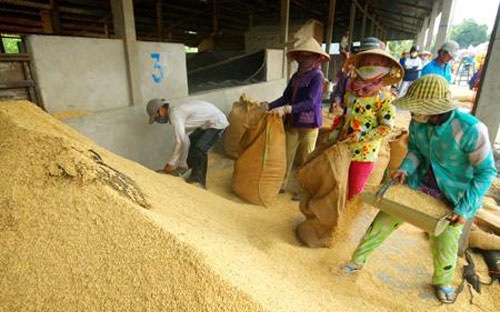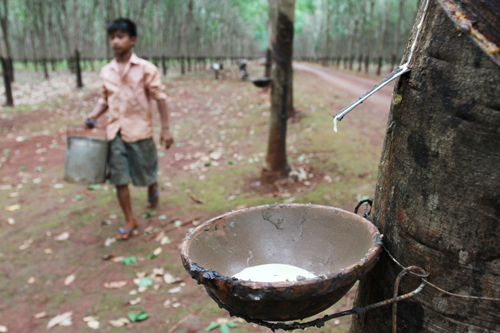Sales of palm sugar not so sweet
Sales of palm sugar not so sweet
SALES of Cambodia’s World Trade Organization-certified palm sugar from Kampong Speu province dipped to 12 tonnes at the end of the harvest season this year, about a 30 per cent decline from 2012.
Two districts with palm trees in Kampong Speu province were granted geographical indication (GI) status in 2010 under the WTO’s agreement on Trade-Related Aspects of Intellectual Property Rights. Having the certification sets certain standards for production and raises the global profile of the brand.
Chan Sokha, adviser to the Kampong Speu Palm Sugar Promotion Association, said sales went down because some farmers preferred a less rigorous production process that brings back the same returns and doesn’t qualify for GI statis.
Better quality means higher prices, which also posed problems. Buyers will spend about 500 riel ($0.13) more per kilogram than they would on the non-GI product, and the production process is more challenging.
“It is still difficult for GI palm sugar to compete in the market,” Sokha said. “The price is higher than simple palm sugar and there are still very few people who recognise its unique quality.”
The two major products are palm sugar powder and palm sugar block. GI powder prices this year stood at 6,000 riel per kilogram, up from 4,500 riel in 2012. Palm sugar block rose to 4,000 riel per kilogram from 3,500 in the period last year.
For many farmers in the association, palm sugar production is a second job behind rice farming. The Palm Sugar Promotion Association currently consists of 142 members in Oudong and Samrong Tong districts, down from 172 members last year.
Sou Savorn, operation manager of Sahakreas Cedac, a buyer for GI palm sugar from the association, said that clients still have little familiarity with the product and its quality.
“It can be a concern for the decline of GI palm sugar production,” Savorn said.
Son Saroeun, president of the Kampong Speu Palm Sugar Promotion Association, said buyers also order too late in the season after supply has dwindled.
The season goes from November to May.
“If buyers ordered earlier than this, selling amount would be much higher,” he told the Post yesterday.
phnompenh post

















